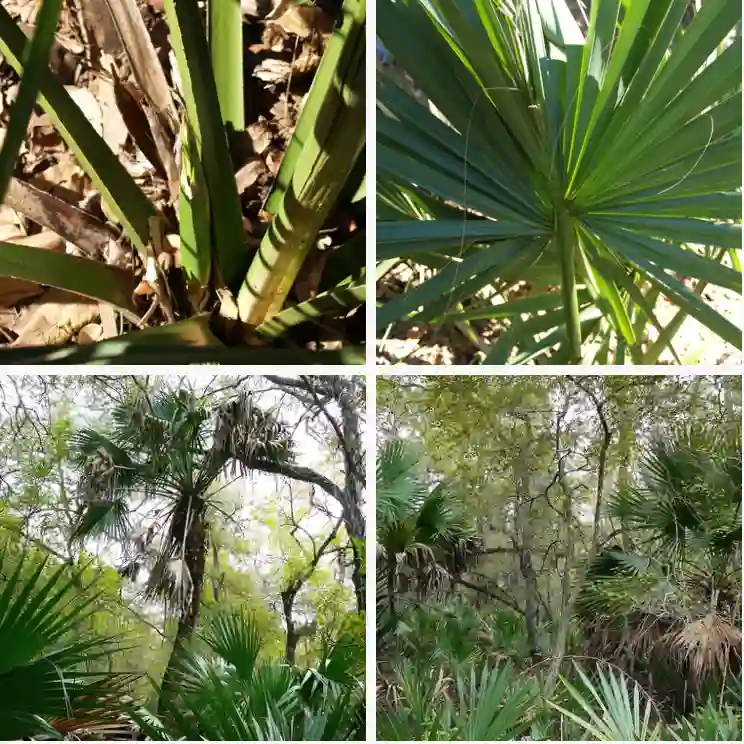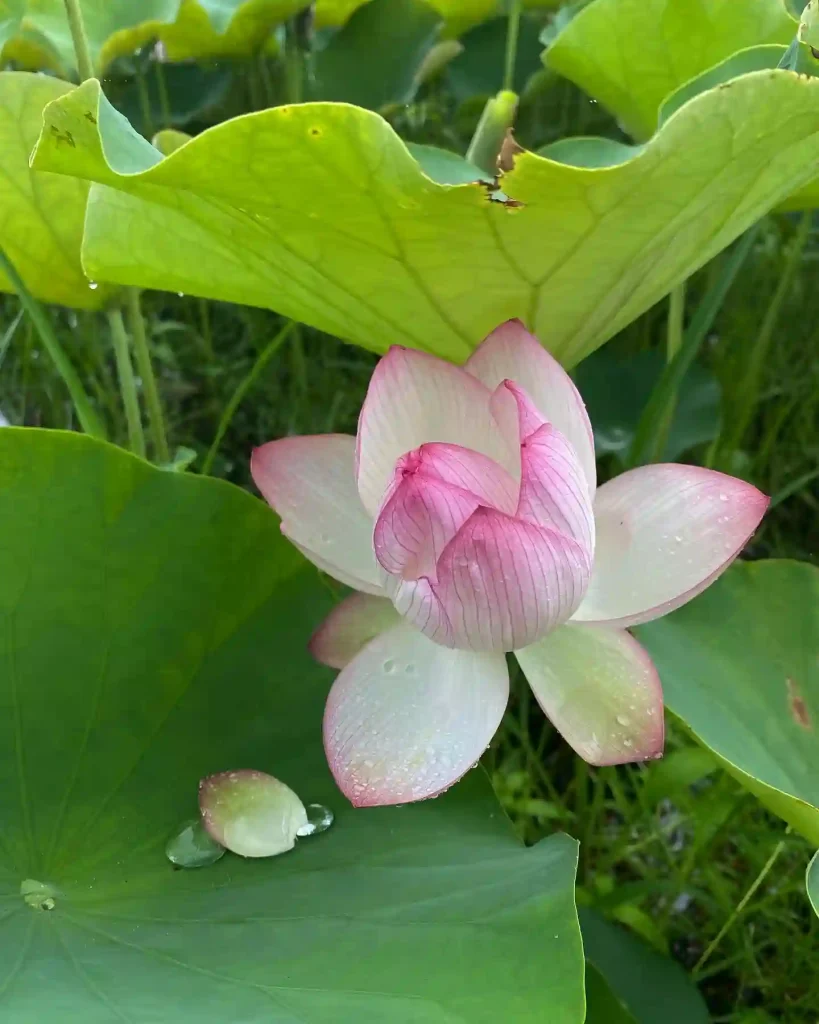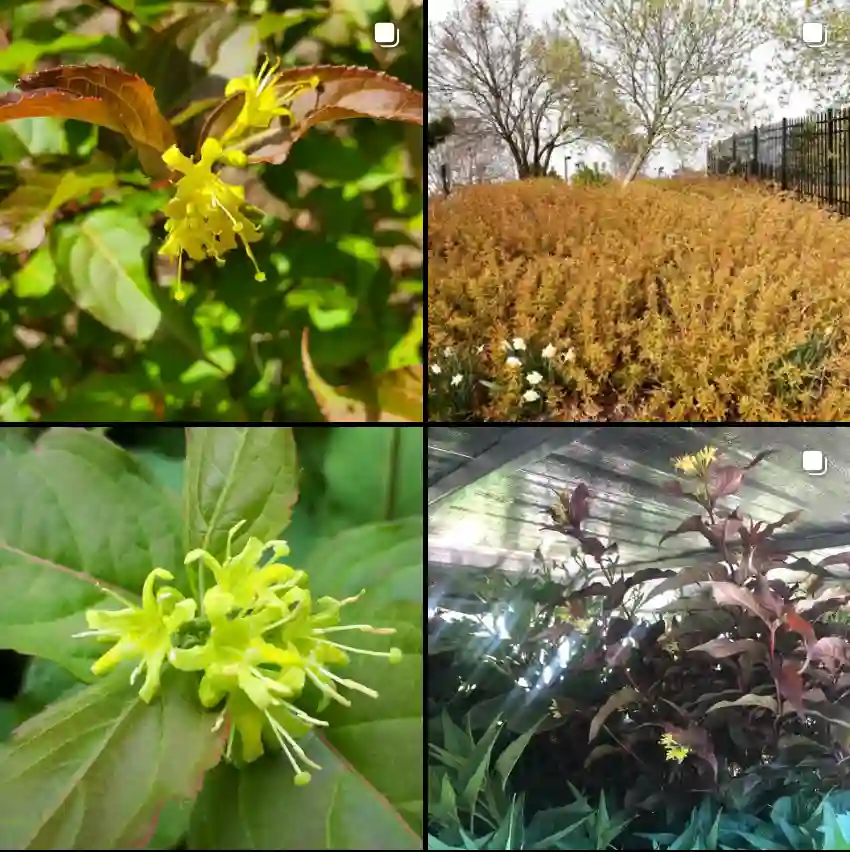Exploring the Paulowniaceae Family: A Personal Journey
The world of botany never ceases to amaze me. One family that has particularly piqued my interest is the Paulowniaceae family. This fascinating family consists of several genera, including Paulownia, Shiuyinghua, and Wightia. Each of these genera offers unique characteristics and uses, making them worthy of exploration.
What is the Paulowniaceae Family?
The Paulowniaceae family is a group of flowering plants known for their rapid growth and impressive height. I’ve always been drawn to plants that not only thrive in a variety of environments but also contribute to the ecosystem. Members of this family often have large, heart-shaped leaves and produce beautiful clusters of flowers. It’s not uncommon to see these trees lining streets or parks, providing shade and beauty.
Genera Overview
Paulownia
Paulownia is perhaps the most well-known genus within the Paulowniaceae family. I first encountered Paulownia when I was researching fast-growing trees for reforestation projects. This genus includes several species, with Paulownia tomentosa being the most widely recognized. What struck me about Paulownia was its astonishing growth rate—some species can grow up to 15 feet in just a single growing season!
Beyond its growth rate, Paulownia wood is highly valued for its lightweight and durable properties. It’s often used in furniture making, musical instruments, and even boat building. I remember feeling intrigued by its versatility when I learned about its applications in both traditional crafts and modern industries.
Moreover, the flowers of the Paulownia tree are a sight to behold. They bloom in spring, producing large, fragrant purple flowers that attract bees and butterflies. This makes Paulownia not only a functional tree but also a stunning addition to gardens and landscapes.
Shiuyinghua
Moving on to Shiuyinghua, I found this genus equally fascinating, though it’s less commonly known compared to Paulownia. Shiuyinghua is notable for its adaptability to different soil types and climate conditions. In my research, I discovered that this genus thrives in both subtropical and tropical regions, which piqued my interest as I consider the implications for future gardening and landscaping projects.
One of the striking features of Shiuyinghua is its unique floral structure. The flowers tend to be smaller and less showy than those of Paulownia, but they possess a delicate beauty that is quite captivating. I appreciate how each genus within the Paulowniaceae family brings something different to the table, contributing to biodiversity.
Wightia
Finally, we have Wightia, a genus that I recently stumbled upon during my studies. Wightia is not as widely cultivated as Paulownia or Shiuyinghua, but it deserves recognition for its ecological significance. This genus often grows in more shaded environments, which can benefit other flora and fauna in those ecosystems.
One of the aspects that intrigue me about Wightia is its potential in forest ecosystems. It can help improve soil quality and provide habitat for various species, thereby enhancing biodiversity. Understanding these ecological roles is crucial as we navigate the challenges of climate change and habitat loss.
The Role of Paulowniaceae in Ecosystems
One of the reasons I am drawn to the Paulowniaceae family is its ecological impact. The rapid growth of Paulownia, for instance, allows for quick biomass production, which can help sequester carbon from the atmosphere. As someone deeply concerned about environmental sustainability, this is a crucial aspect that resonates with me.
Additionally, the flowers of these genera play an important role in attracting pollinators. With the decline of bee populations globally, the role of plants in providing food and habitat for these essential creatures is more important than ever. I always feel a sense of satisfaction when I see a tree in bloom, buzzing with activity from pollinators.
Conclusion
In my exploration of the Paulowniaceae family, I’ve discovered a world rich in diversity and ecological importance. From the towering Paulownia to the understated beauty of Shiuyinghua and the ecological significance of Wightia, each genus has something unique to offer.
As I continue my journey in botany, I look forward to learning more about how these plants can be integrated into sustainable practices. Whether it’s for landscaping, timber production, or ecological restoration, the Paulowniaceae family holds promise for both beauty and environmental benefit. I encourage anyone interested in plants to delve into this fascinating family and appreciate the myriad of ways they contribute to our world.
If i die, water my plants!



